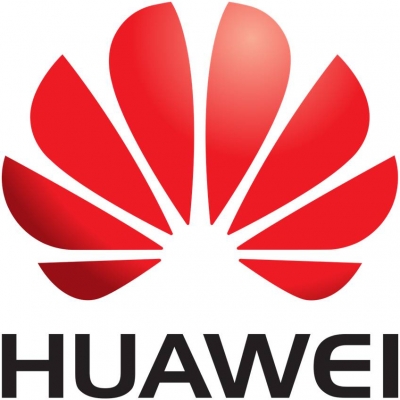We have been experiencing two major shifts in telecom industry as the industry is going through unprecedented transformation towards cloud. As from business aspect, telecom service is shifting from offering basic communication services only to offering additional new AR/VR/IoT services; meanwhile, business focus is being shifted to enterprise and vertical market as well. From technical aspect, carriers started using IT hardware to build shared physical infrastructure for different applications.
Cloud transformation is visible trend to build highly efficient and agile network to meet this diverse business requirements. For telecom cloud applications challenges are also unprecedented too. The underlying IT infrastructure is weaker and more vulnerable than proprietary version; service requirement from B2B market is more diversified and niche.
The cloud application software needs to adapt itself to the underlying infrastructure to provide the diversified experience, necessary resilience, flexible scalability and innovation agility for upper-level business. Needless to say that traditional approach or simple virtualization by decoupling the software and hardware only and porting the legacy decoupled software onto cloud simply can’t implement the target network; a big gap is visible between the traditional approach and the target approach.
Cloud Native is the combination of the architecture design philosophy and technologies to address this gap. The FANG companies (Facebook, Amazon, Netflix, Google) have pioneered cloud native computing as the fastest and most efficient way of developing and deploying software in the cloud. If CSPs aim to become true DSPs, they, too, must adopt cloud native computing across their businesses, including within their networks. The goal is to absorb the best practices of the IT industry while retaining the underlying telecom structure, as operators advance from NFV to NFC – Network Functions Cloudification. While understanding the IT based practises for the CT environment, there are many wrong concepts regarding Cloud Native terminology. Cloud Native, an IT concept & practises, involves a series of key technologies and best practices to restructure of telecom cloud networks.
This webinar intends to guide the industry with right approach and investigate following topics:
1. Why do CSPs assume Cloud Native beyond simple virtualization is necessary to transform the network to appear as DSP?
2. What are the technology pillars of Cloud Native and key readiness for successful cloud transformation?
3. Investigate current industry trend, best practises, progress towards 2018 and near future.
You are cordially invited to listen and join the live webinar discussion.
Presented by

Akik AKM Fazlul Haque,
Senior Consultant, Cloud Communication Marketing Support Department, Huawei
Akik is an experienced consultant in the Core Network Transformation and has been involved in numerous projects for operators in Europe and Asia, focusing on Network Transformation, wireless and transmission section. He holds a Master degree on Automation & Control engineering. Prior to joining Huawei, Akik worked for Siemens and ZTE.

Phil Zhang,
Chief Cloud Native Product Management of Core Network Product Line, Huawei
Phil is an experienced engineer and Product Management who has been working in Huawei for over 16 years. He has been leading multiple innovation projects on Network Transformation with Tier 1 operators in Europe, including Cloud Native architecture evolution, Cloud EPC, NB-IoT and 5G solutions. He is the major contributor to the go live trial of those projects respectively. He majors in Computational Telecommunication Science and Technologies at university.

Peter Jarich,
Chief Analyst
Peter is Chief Analyst for the GlobalData Consumer and Infrastructure services.
Peter and his analyst team monitor and evaluate activities in the markets for Consumer Services and Devices, Digital Media, Fixed Access, IP Services, Mobile Access, and Transport and Routing Infrastructure, Telecom Vendor Services, and overall coverage of the Mobile Ecosystem. Additionally, Peter reports on developments impacting mobile infrastructure and mobile networking: 2G, 3G and 4G RAN and packet core along with mobile TV, metro-scale WiFi operator monetization strategies.






